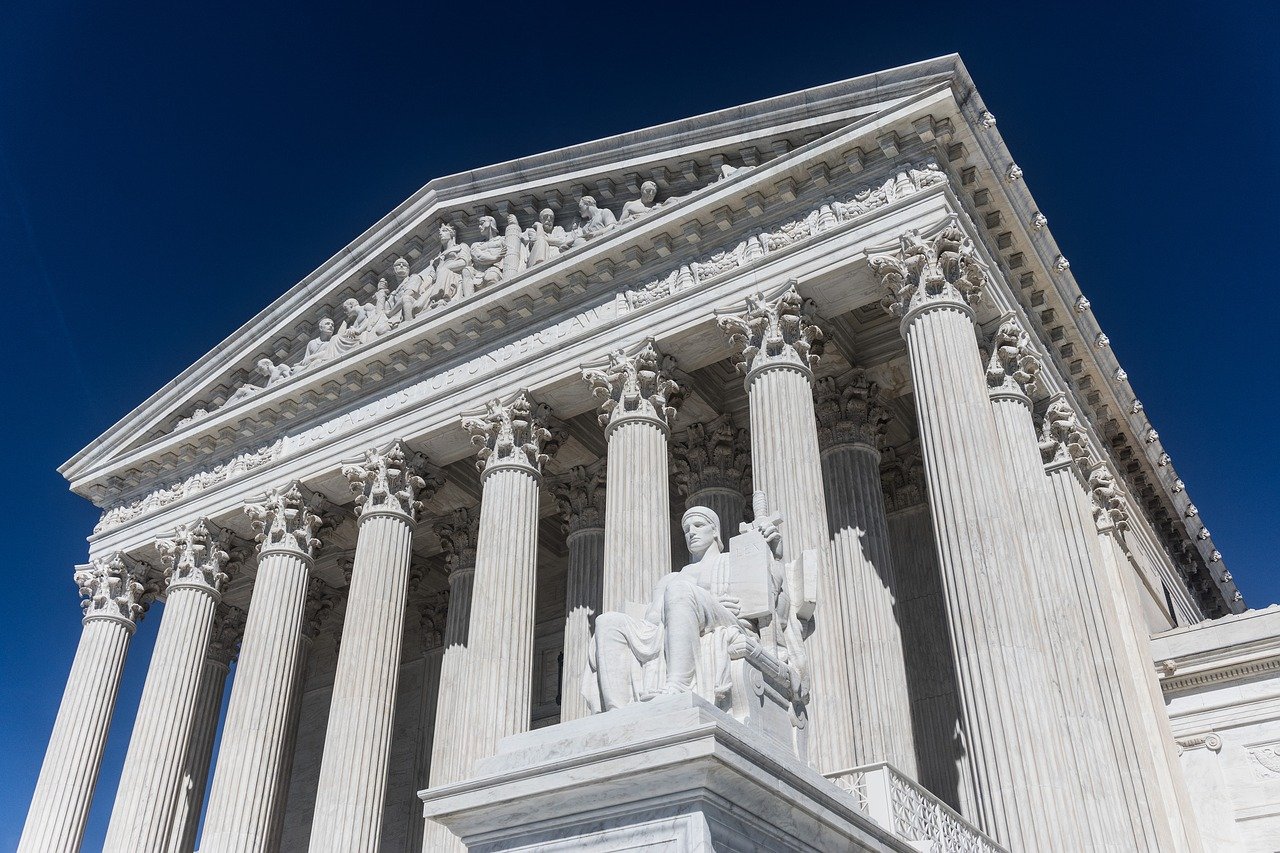Scarcely three years after the largest protests against racism in U.S. history, a majority of the Supreme Court this week is expected to declare acts of racial consciousness in college admissions unlawful. At oral argument for the two cases, six justices were openly dismissive of the notion that more than three centuries of de jure slavery and de facto segregation devastated Black people and requires active, thoughtful efforts today to achieve an equitable, multiracial democracy. Throughout these proceedings Asian Americans roundly expressed solidarity with other minority communities by refusing to be misused by opponents of affirmative action.
At the October arguments, the Court’s conservative wing conjured an alternate reality: one in which skin color and racial appearance—i.e., how we most often categorize each other and attach collective historical meaning—must be stricken from our minds. Instead, they intoned support for notions of race unconnected to social reality. Within this Twilight Zone, the dominant ways in which we define race are suddenly void. To justify the need for such drastic action, these justices shed alligator tears over Asian Americans allegedly harmed by universities’ lawful consideration of race among other factors in admissions.
America is no better off if the Court’s imminent decision in Students for Fair Admissions (“SFFA”) v. University of North Carolina and Harvard warps beyond all recognition our ability to honestly discuss race, as well as other forms of identity tied to our racialization. Justice Ketanji Brown Jackson’s hypothetical posed to the white-led organization opposing race-conscious admissions policies made the stakes clear. Justice Jackson posed the facts of two hypothetical UNC applicants.
The first applicant’s essay states that their family “has been in this area for generations, since before the Civil War, and I would like you to know that I will be the fifth generation” to attend UNC and thus “honor my family’s legacy by going to this school.” The second applicant’s essay shares their racial identification and that “my family has been in this area for generations, since before the Civil War, but they were slaves and never had a chance to attend this venerable institution.”
The anti-affirmative action position, SFFA’s attorney admitted, is that the second applicant may not refer to their race—again, an idea ascribed by both ourselves and others—nor to intergenerational hardships or chattel slavery, because to do so would be a proxy for race. This kind of reference to race thus could not be deemed a hardship. The result? The first applicant, the “legacy,” benefits from the exclusion of any reference to race or correlated traits that may be a proxy for race. As it so happens, because of prior practices and systems of exclusion, legacy beneficiaries are predominately white. This form of thought cancellation would “cause more of an Equal Protection problem than it’s actually solving,” as Justice Jackson observed.
The justices did not stop there, however. They proceeded to create an alternate universe that skewed reality under the guise of defending Asian Americans. Whenever Asian American communities appeared at all during argument, it was to reprise their role as racial pawns in U.S. racial discourse. But in this twenty-first century iteration, Justice Alito sought to exploit the reality that, as a racial concept, “Asian American” denotes cultural and political experiences that defy past generalizations about phenotype, immigration status, religion, and experiences with language barriers. “What similarity does a family background to the person from Afghanistan have,” he intoned, “with somebody whose family’s background is in, let’s say, Japan?” Justice Alito then repeatedly invoked the image of a “checkbox,” despite the fact that the programs under challenge in fact do apply an individualized, holistic analysis that can and does already account for immigration history, socio-economic status, disability, and other hardships.
Justice Kavanagh continued this thread, asking if a person from a Middle Eastern country self-discloses their country of origin, “which box would they check[?]” The answer is simple enough to discern: as in the U.S. Census, a person could self-identify with any race despite prior historic interests in classifying them as “white.” Unless these queries were feints meant to usher everyone into an alternate racial reality, the lack of awareness about race on display in these questions about how race and racialization work proves that the law must continue to treat race as a complex set of beliefs and that the government has a compelling interest in considering race as one of many factors in promoting equality.
Furthermore, the Court took up these cases against UNC and Harvard just as K-12 school curricula face an unprecedented wave of ideologically extreme attacks against all discussion of when and where race produces inequalities. Racially misunderstood, and targeted for manipulation throughout U.S. history, the justices’ remarks illustrate precisely why, for nearly a decade, almost 70% of Asian American voters have supported affirmative action. A racially diverse student body enriches an educational environment for everyone—including Asian Americans—and brings society closer to the day when each of us can simply, finally be seen for who we are.
Professor Shirley Lin teaches courses in race and the law, employment law, and contracts as an Assistant Professor of Law at Brooklyn Law School. Her expertise includes discrimination, social movements, and legal theory, and she has previously appeared in the N.Y. Times, Boston Globe, N.Y. Daily News, Bloomberg, New York Law Journal, and Newsday. She was a signatory to the Asian American Legal Defense and Education Fund’s Supreme Court amicus brief on behalf of AAPI professors in support of the respondents in the Harvard and UNC cases.
Clara Williams is a disability rights advocate and graduate of Brooklyn Law School (2023).
Suggested citation: Shirley Lin and Clara Williams, Affirmative Action and the Supreme Court’s Alternate Racial Universe, JURIST – Academic Commentary, June 26, 2023, https://www.jurist.org/commentary/2023/06/lin-williams-affirmative-action-supreme-court/.
This article was prepared for publication by Hayley Behal, JURIST Commentary Managing Editor. Please direct any questions or comments to her at commentary@jurist.org


